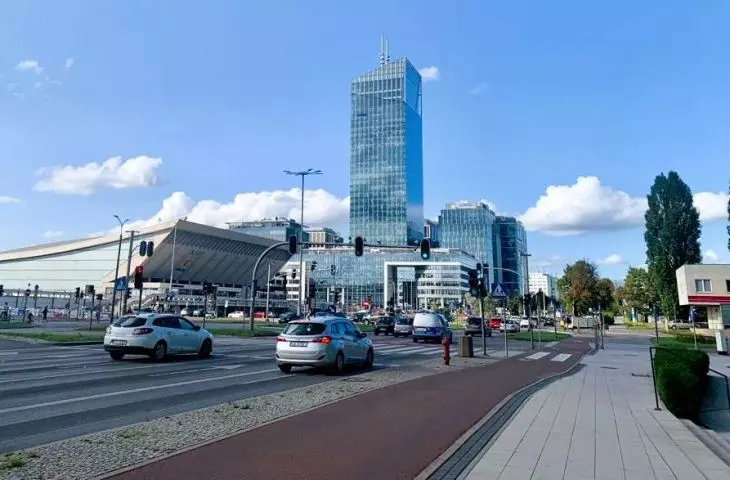Surveys are beginning in Pomerania as part of the Pomeranian Traffic Model. Interviewers will visit 20,000 residents, traffic volume and the number of passengers on trains and buses will be taken under the magnifying glass. And all this to better plan transportation in the region.
No one needs to be convinced of the extreme importance of data in urban planning . At the same time, for local governments today, acquiring data to help better shape our cities is going rather reluctantly.
Data is crucial to understanding things we can't see. Yes, we urban planners, we can use our intuition, but it doesn't really tell us very many things," said Dr. Hanna Obracht-Prondzyńska, assistant professor at the University of Gdansk's Department of Spatial Studies, an academic teaching urban design and data analysis, in an interview with A&B. - Unfortunately, there is still often no awareness of the potential of data. And this can actually be seen at each stage of thinking about the city - from monitoring the dynamics of change, to planning, to evaluations of completed investments, she added.
The model will help better transport planning
Thelocal government of the Pomeranian Voivodeship wants to plan transportation better, which is why it has announced the creation of the Pomeranian Traffic Model. Thanks to it, it will be known, for example, how many cars drive between town A and B, where public transportation needs to be improved. The model will include not only data on individual traffic, but also on railroads, buses and even trucks.
More than PLN 1.1 billion will be spent on transportation this year alone. The traffic study is very important, because thanks to it we will be able to rationally spend public funds and adjust the offer to the needs of passengers," stresses Leszek Bonna, deputy marshal of the Pomorskie Voivodeship. - This will be an instrument that will give us rational arguments in talks with, for example, local governments.
Surveys among 20 thousand residents
One of the first steps are surveys of residents' transportation behavior, interviewers will knock on the drawn households in Pomerania. The questions will be about the purposes of travel and what means of transportation were used, as well as travel times. The survey will be conducted on a sample of more than 20,000 residents. It is also planned to survey tourism in the region's seven coastal municipalities, where interviewers will question more than 3,000 vacationers.
The surveys will be conducted using various methods in the spring, autumn and summer seasons of 2024. They will cover the entire Pomeranian region.
Traffic surveys will be conducted using surveillance cameras and observers. The researchers will also board buses and trains, where they will count all passengers on the route, explains Aneta Kostelecka, leader of the consortium of PBS, Via Vistula and Rubika, which will carry out the research.
The result of the measurements and analysis will be the Pomeranian Traffic Model.
It is a mapping of the functioning of current transportation in the region and a forecast of its development in the perspective until 2050, explains Jakub Pietruszewski, director of the Pomeranian Regional Planning Office.
Partners in the project are: Pomeranian Regional Planning Bureau, the Center for EU Transport Projects, the Gdansk-Gdynia-Sopot Metropolitan Area, the Gdansk Development Bureau, the Roads and Greenery Management Board in Gdynia and the Spatial Planning Bureau of the City of Gdynia.














